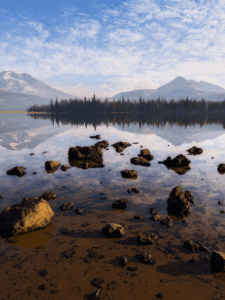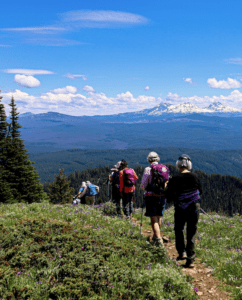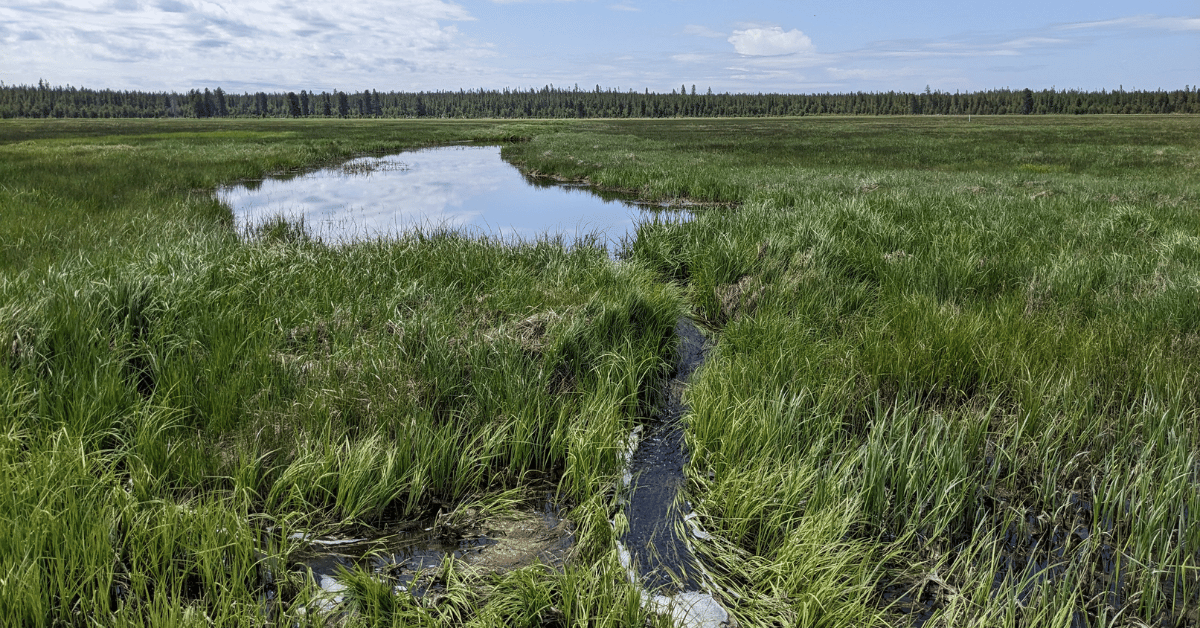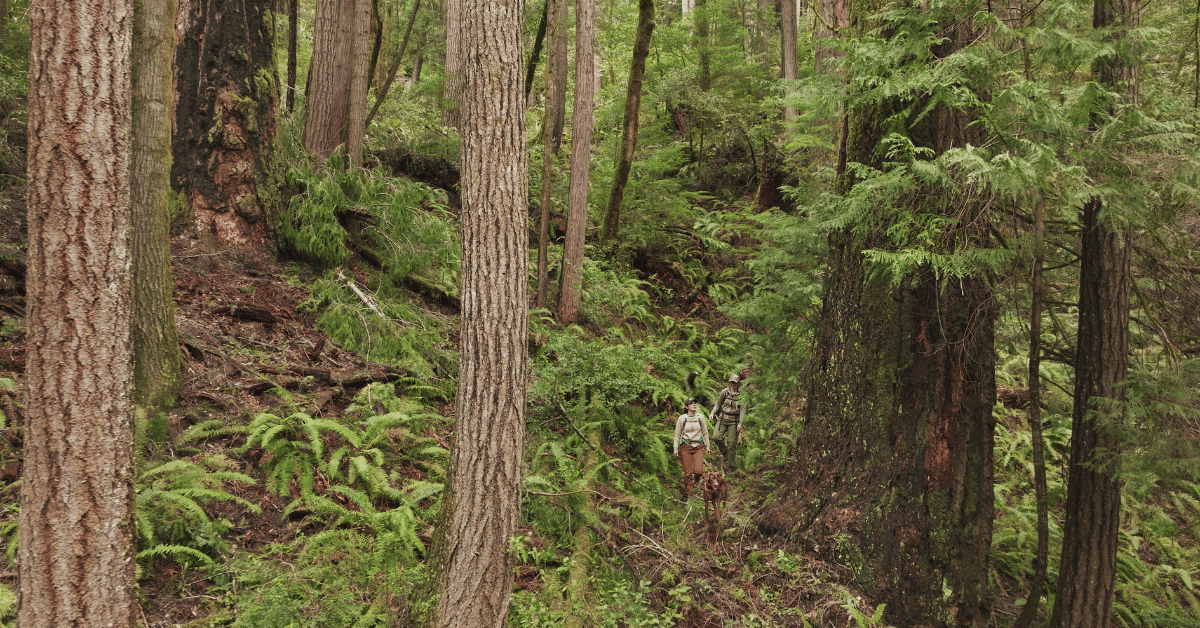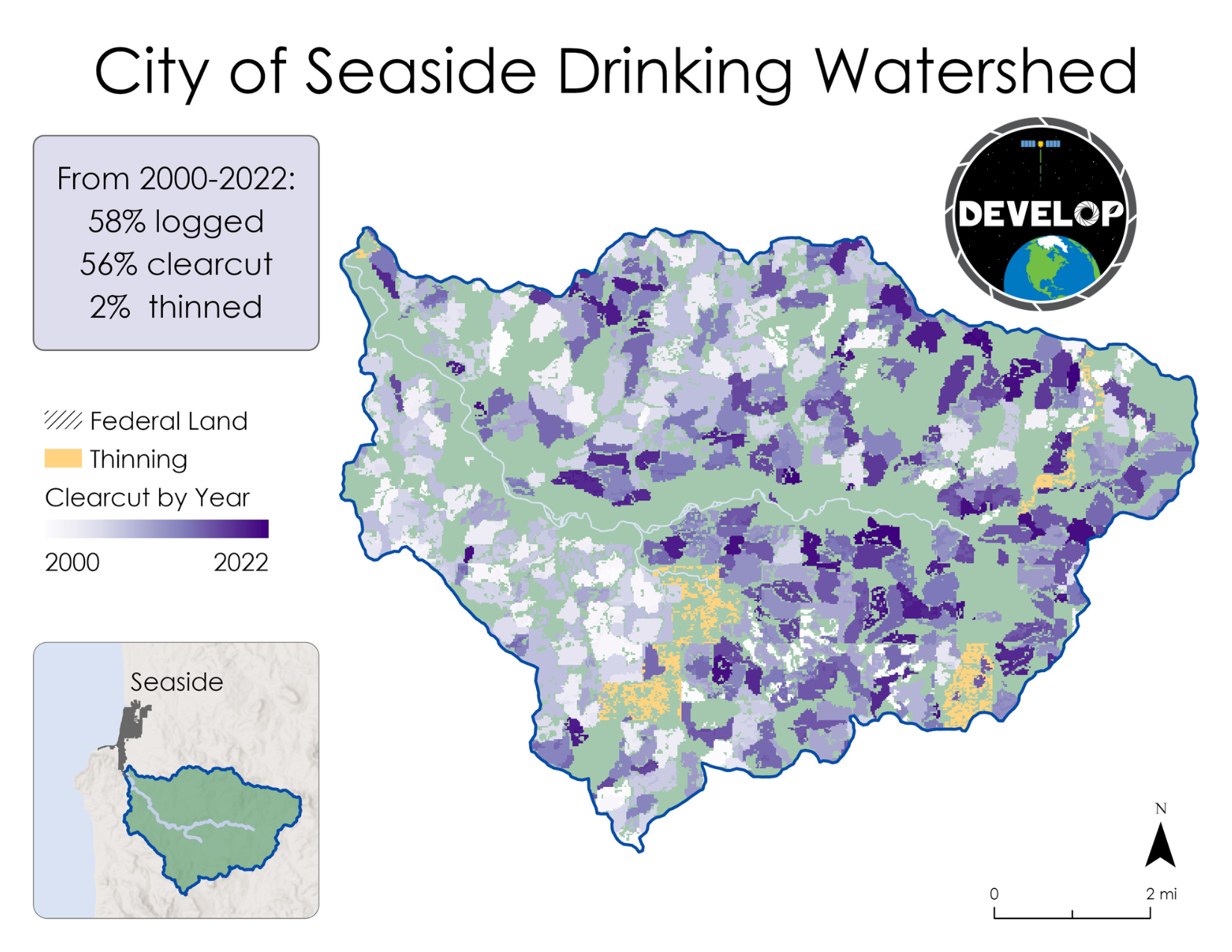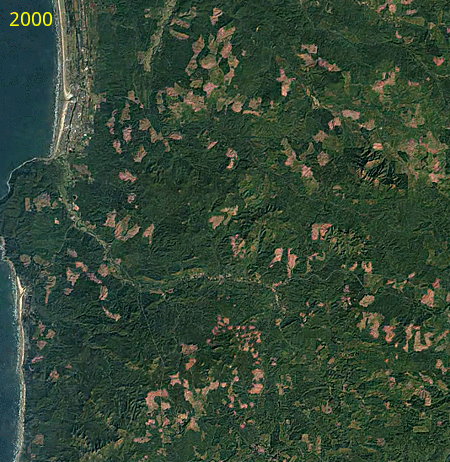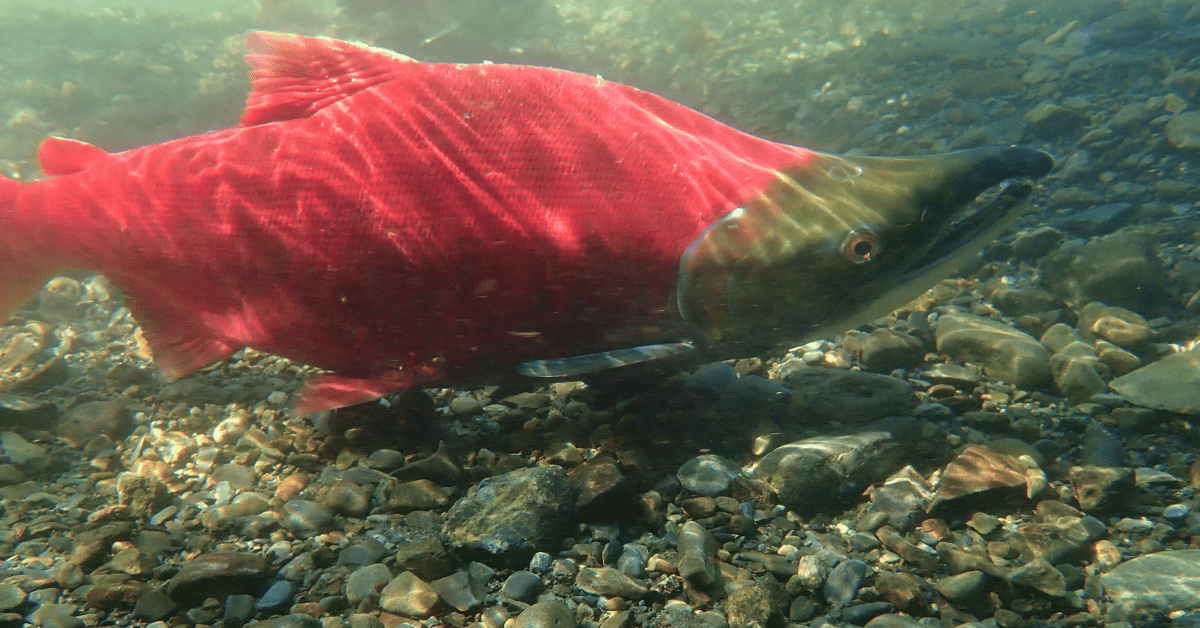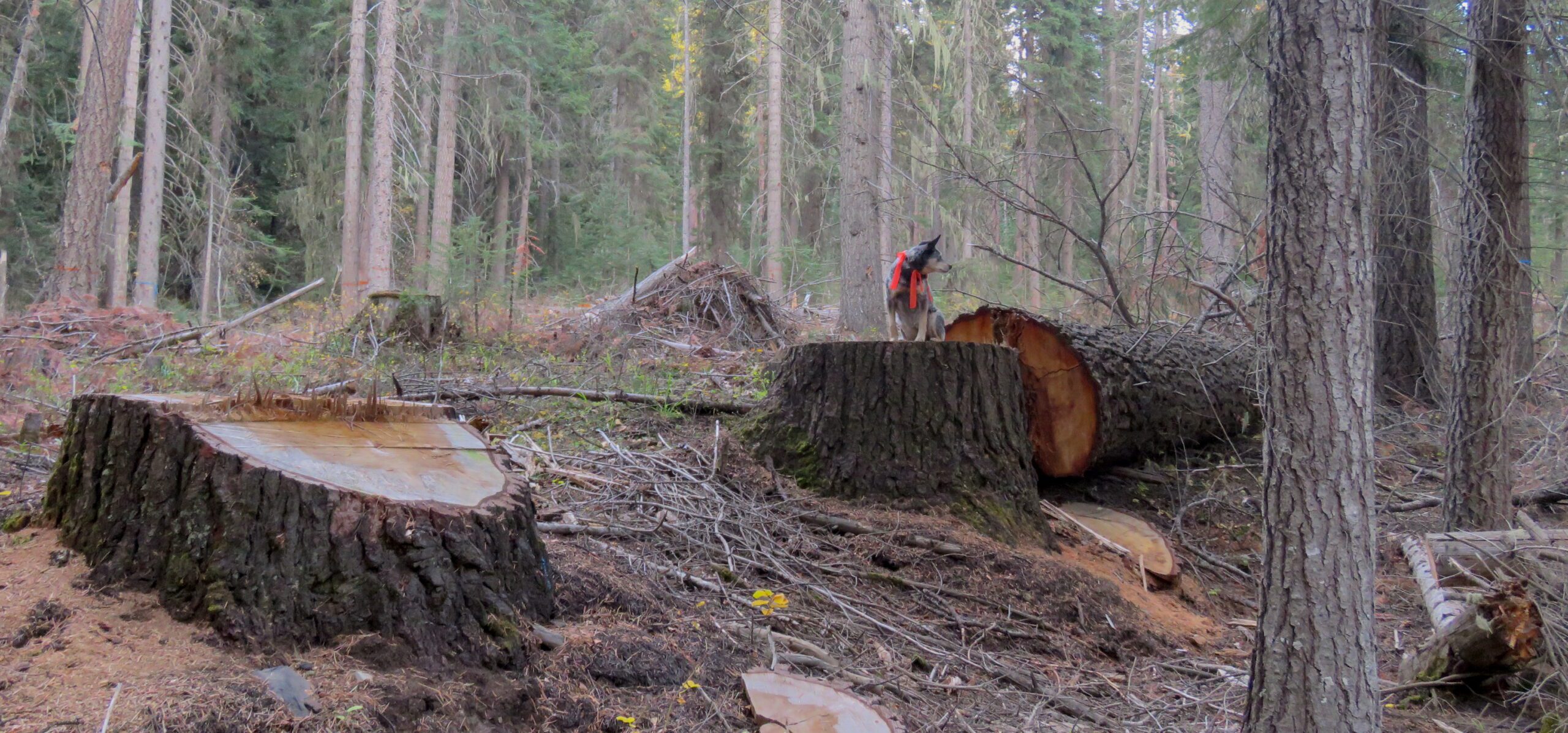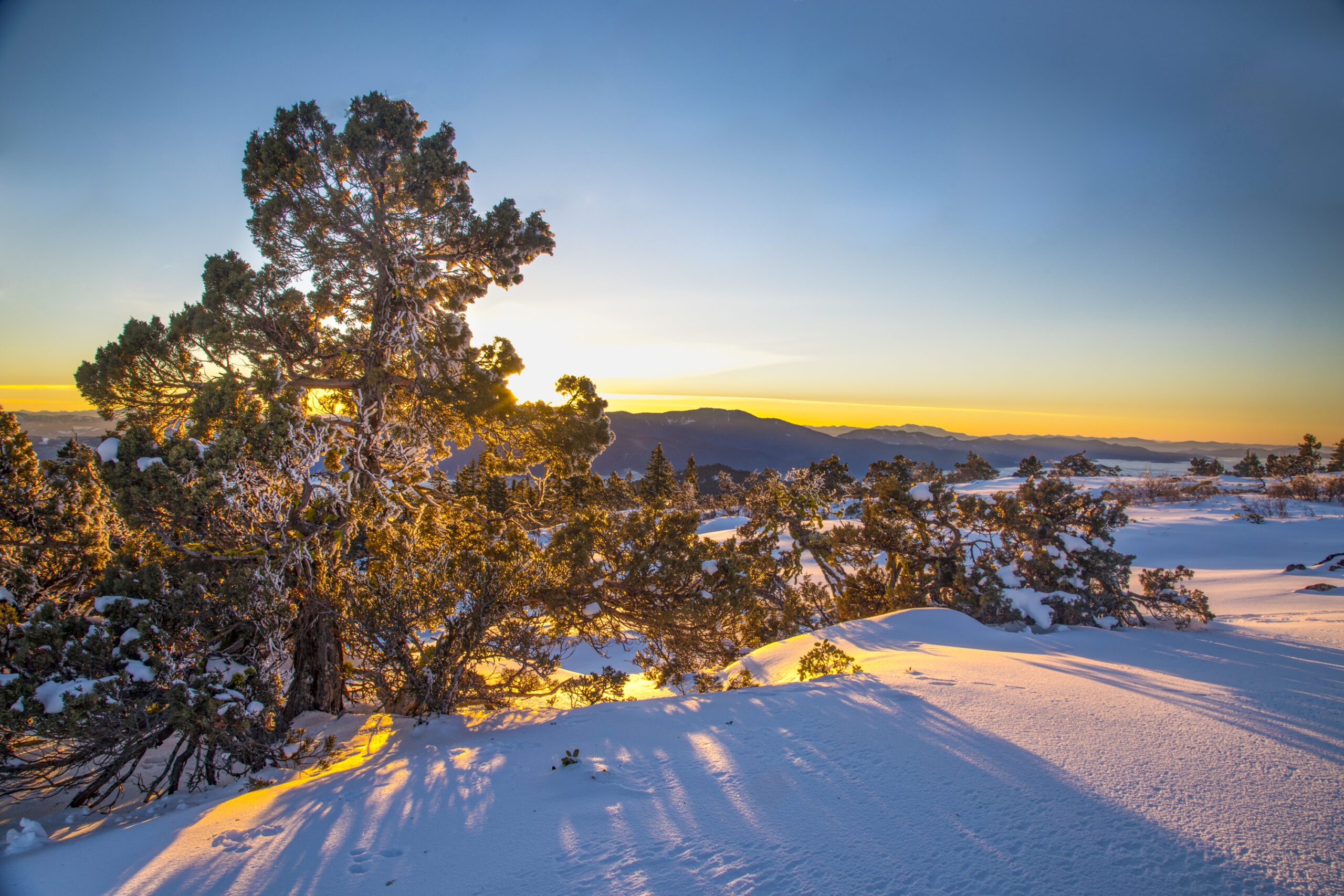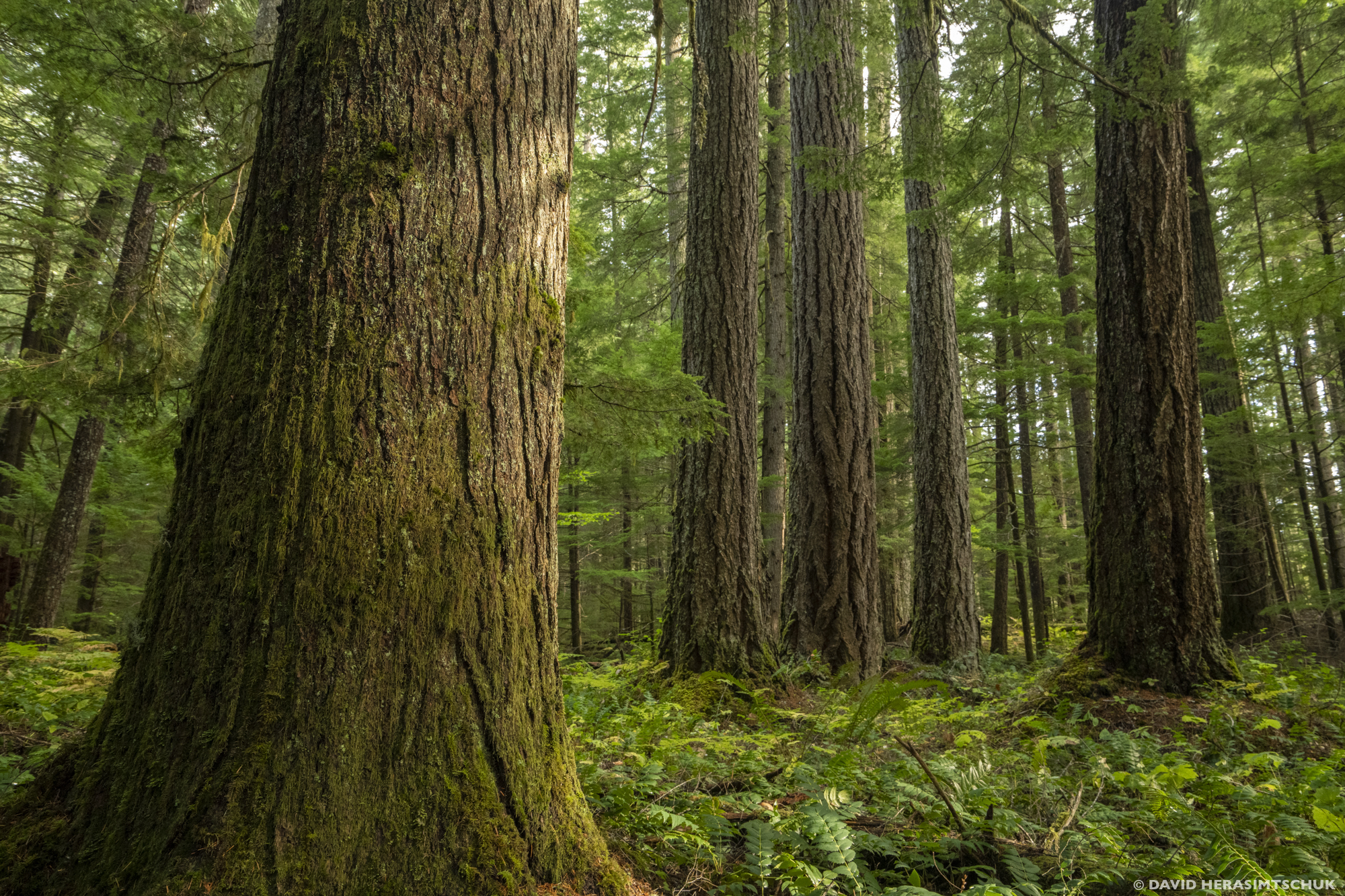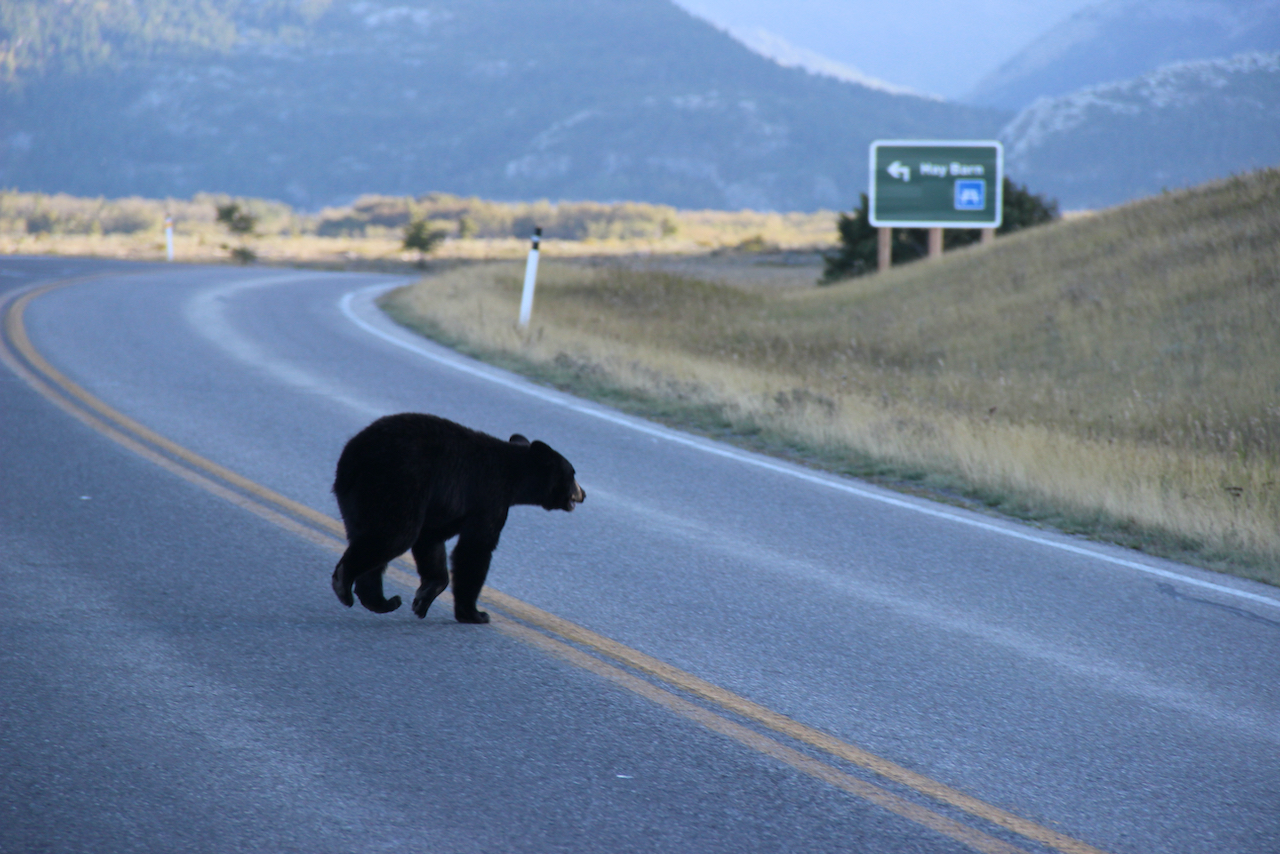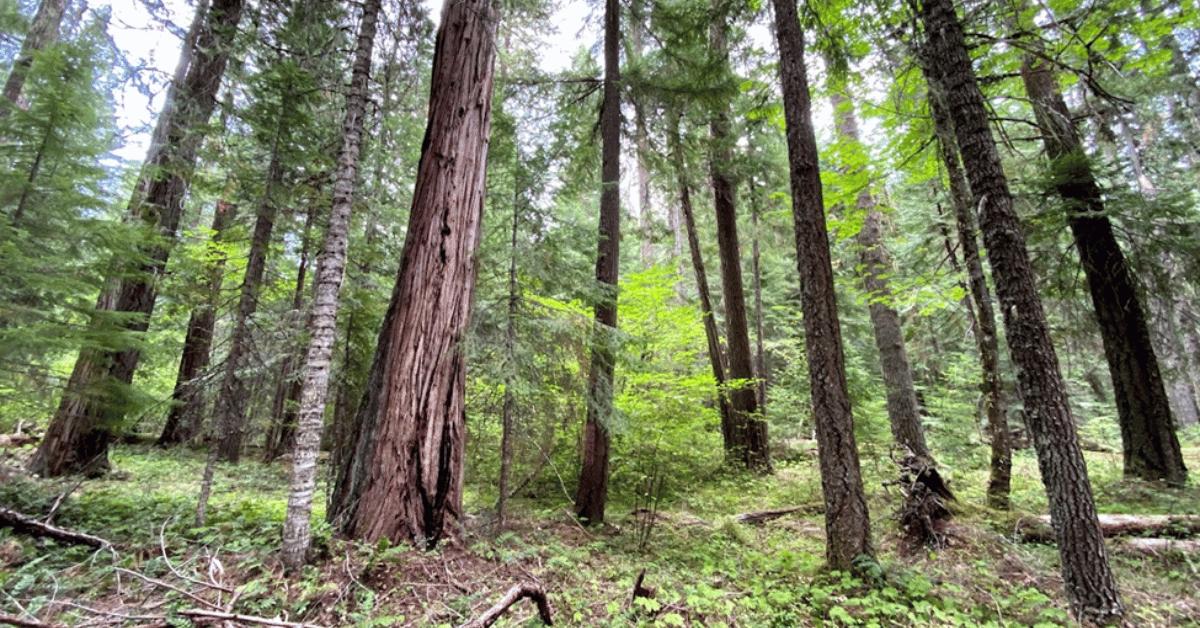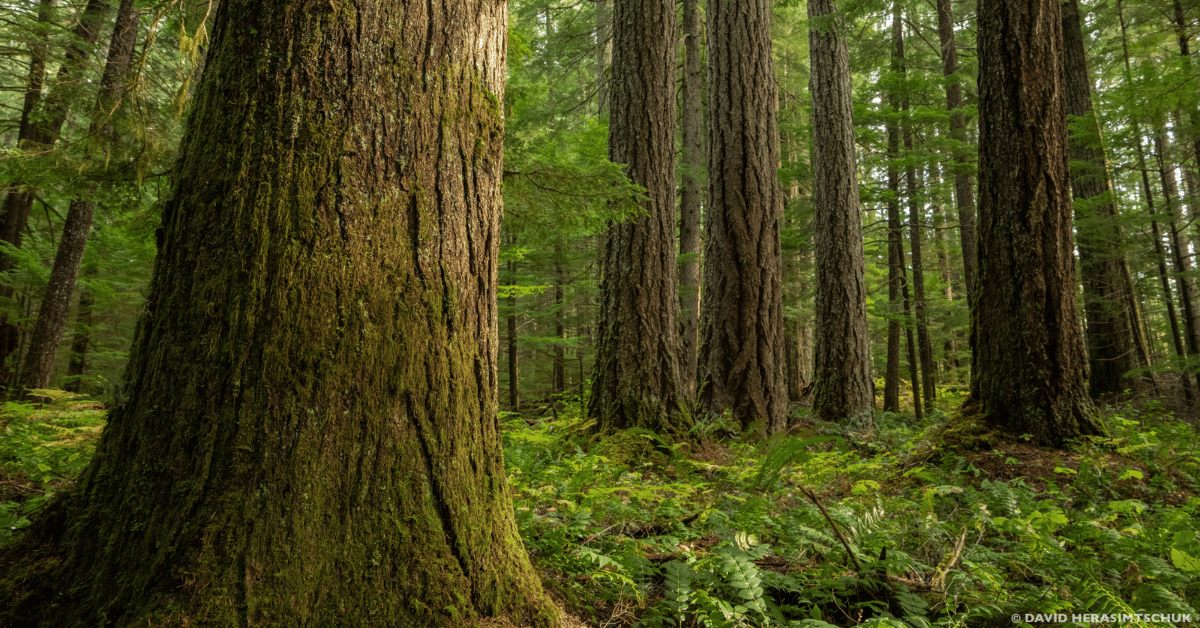Contact for more information
| Adam Bronstein, Western Watersheds Project Lizzy Potter, Advocates for the West George Sexton, Klamath-Siskiyou Wildlands Center |
PORTLAND, Ore .—Yesterday, the Ninth Circuit Court of Appeals ruled that the U.S. Fish and Wildlife Service (FWS) fell short of its obligations under the Endangered Species Act when issuing a Biological Opinion that allowed cattle grazing within critical habitat for the Oregon spotted frog on Jack Creek in the Fremont-Winema National Forest.
The Ninth Circuit faulted the FWS’s analysis of climate change, which failed “to consider whether the small frog population could sustain grazing-related impacts on top of potential climate change effects.” By ignoring available information that climate change will exacerbate low water conditions—a threat to the frogs—FWS failed to consider an important aspect of the problem. The Court also found that FWS relied on vague and inadequate mitigation measures to address the serious threat that low water conditions pose to the species. Crucially, the Court noted the importance of the Jack Creek population and the risk that its extirpation would pose to the species as a whole.
Advocates for the West represented a broad coalition of conservation groups in this case: Western Watersheds Project, Central Oregon Bitterbrush Broads of the Great Old Broads for Wilderness, Concerned Friends of the Winema, Klamath-Siskiyou Wildlands Center, and Oregon Wild. Many of these groups and others have spent more than 15 years advocating for greater protections for the rare and extraordinary biodiversity on these treasured public lands. Despite multiple wins in federal court over these issues, the Forest Service continues to allow a rancher with a long history of noncompliance to graze in aquatic habitat for sensitive species.
“This decision solidifies the ever-growing importance of considering climate change when authorizing federal actions on public lands,” said Jayne Goodwin for the Concerned Friends of the Winema. John Persell of Oregon Wild agreed. “Our federal agencies cannot hide behind purported uncertainty to avoid addressing head-on the compounding impacts climate change will have on struggling species like the Oregon spotted frog,” Persell said.
“Maybe, just maybe, the Forest Service will finally come to terms with the fact that cattle grazing is incompatible with the habitat needs of the Oregon spotted frog here on Jack Creek,” said Adam Bronstein, director for Oregon and Nevada for Western Watersheds Project. “The Forest Service’s efforts to prop up irresponsible cattle operations can no longer stand, particularly in the face of the accelerating climate and the extinction crises.”
“If these rare frogs are to survive, their pools and fens need to be protected and restored rather than utilized as a cattle feedlot,” said George Sexton, Conservation Director for the Klamath-Siskiyou Wildlands Center. “The fence that is supposed to protect Jack Creek from grazing doesn’t work and has never worked. Jack Creek is more valuable for clean water and wildlife habitat than as a cattle trough.”
Litigation on the Antelope Allotment began back in 2008. The history of this litigation can be found here.
##
Concerned Friends of the Winema has been working for 30 years to protect biodiversity and watchdog management on the Fremont-Winema National Forest.
Western Watersheds Project is a nonprofit environmental conservation group dedicated to protecting and restoring native wildlife and watersheds throughout the American West.
Advocates for the West is a nonprofit, public interest environmental law firm that works to defend public lands, water, fish, and wildlife throughout the American West.
Klamath-Siskiyou Wildlands Center works to protect the wildlands, watersheds and wildlife of Southern Oregon and Northern California.
Oregon Wild is a nonprofit conservation organization dedicated to protecting and restoring Oregon’s wildlands, wildlife, and waters as an enduring legacy for future generations.
Great Old Broads for Wilderness is a national grassroots organization, led by women, that engages and inspires activism to preserve and protect wilderness and wild lands.
